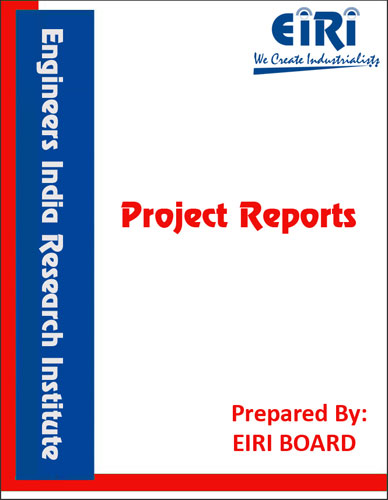H.T. & L.T. insulator, HT air brake switches D.O. fuse, lightning Arresters
The project report includes Present Market Position and Expected Future Demand, Market Size, Statistics, Trends, SWOT Analysis and Forecasts. Report provides a comprehensive analysis from industry covering detailed reporting and evaluates the position of the industry by providing insights to the SWOT analysis of the industry.
We can prepare PROJECT REPORT as per your INVESTMENT PLAN for BANK LOAN REQUIREMENT and INDUSTRY ANALYSIS. All reports are prepared by highly qualified consultants and verified by a panel of experts.
Have Query? Click Here to Chat
Industry Expert is Online, Chat with him for more detail.

Materials having few free electrons poor conductors in fact, Materials that have hardly any free electrons can be used to Insulate electricity and are called insulators, as glass, mica, Porcelain, rubber & paper. The function of an insulator is To insulate the line conductor from each other and from the Pole or tower. Three colours of insulator are used in over Head lines, namely. The pin insulator gets its name from the Fact that it is supported on a pin. The pin holds the Insulator, and the insulator has the conductor tied on it. Pin Insulators are made of either glass or porcelain. The glass Insulator is always one solid piece of glass, that is it is One piece insulator. The porcelain insulator is also a one Piece insulator when used on low voltage lines but consists Of two, three or four layers, cemented together to form a Rigid until when used on higher voltage line. It is usually One piece for voltage below 23,000 volts. The use of several Layers for high voltage line helps to spill the rain and Provide a long, dry arc-over path. Pin insulator are seldom Used on transmission lines having voltage above 4400 volts, Although some 88000 volts, lines using pin insulators are in Operation today.
Project Report covers:
- Introduction
- Uses and Applications
- Properties
- Market Survey with future aspects
- Present Manufacturers
- B.I.S. Specifications
- Manufacturing Process with Formulae
- Plant Layout
- Cost Economics with Profitability Analysis
- Capacity
- Land & Building Requirements with Rates
- List & Details of Plant and Machinery with their Costs
- Raw Materials
- Details/List and Costs
- Power & Water Requirements
- Labour/Staff Requirements
- Utilities and Overheads
- Total Capital Investment
- Turnover
- Cost of Production
- Break Even Point
- Profitability
- Land Man Ratio
- Suppliers of Plant & Machineries and Raw Materials.



